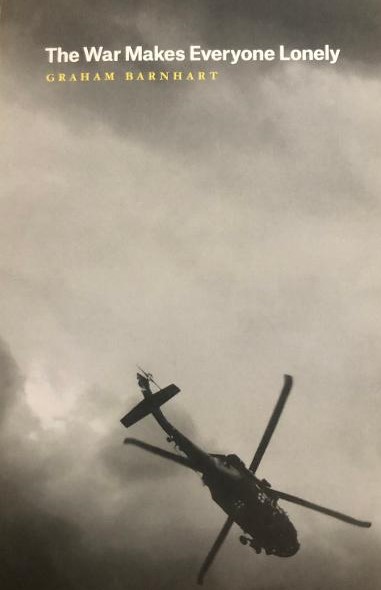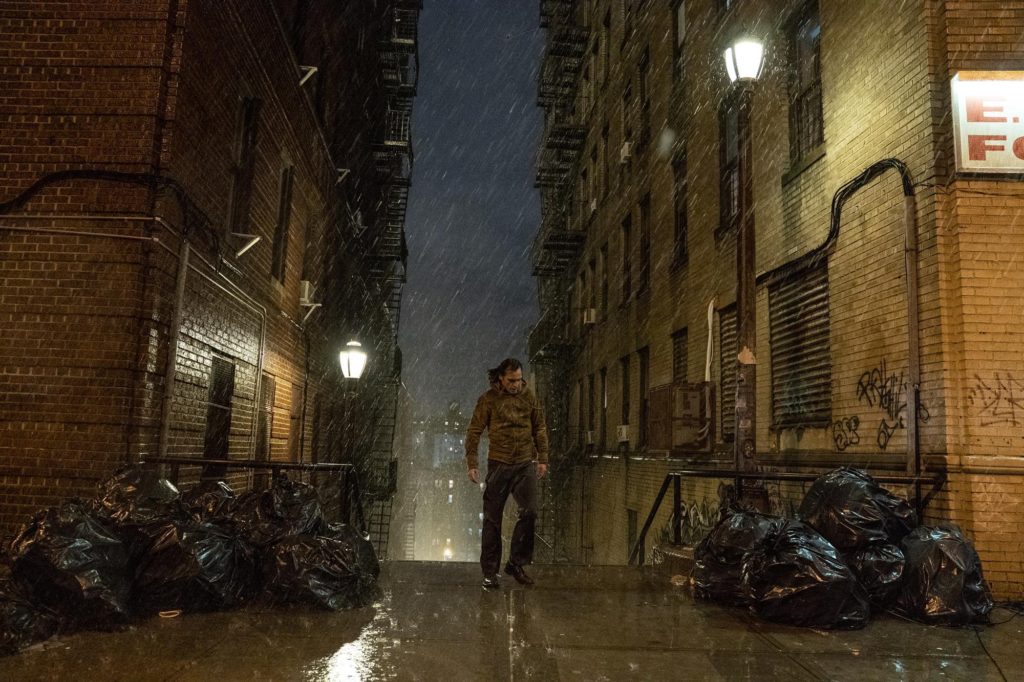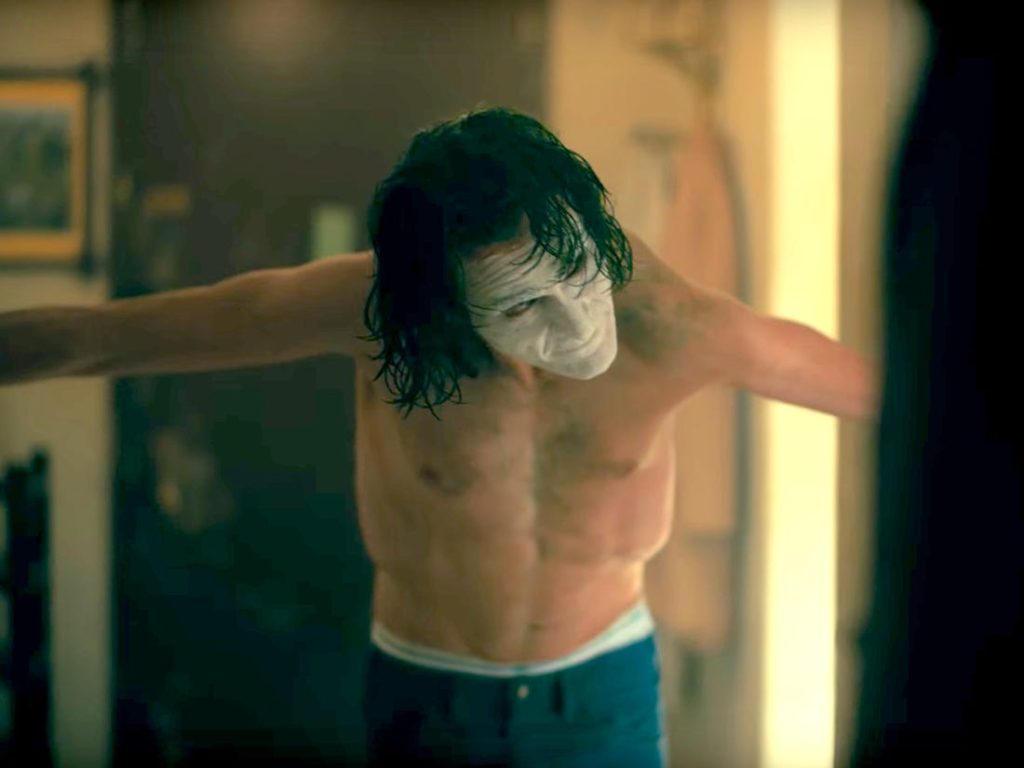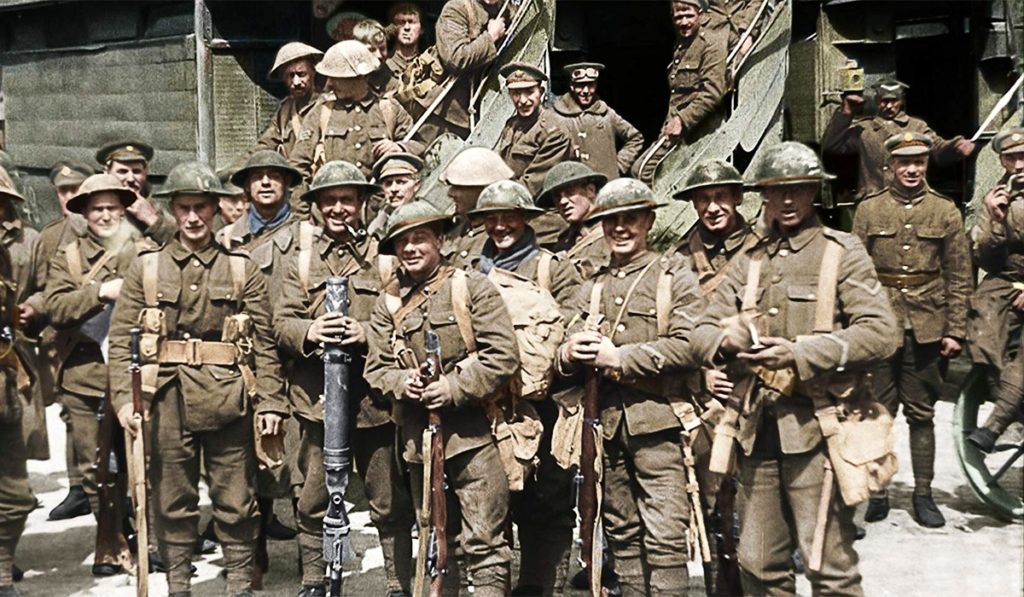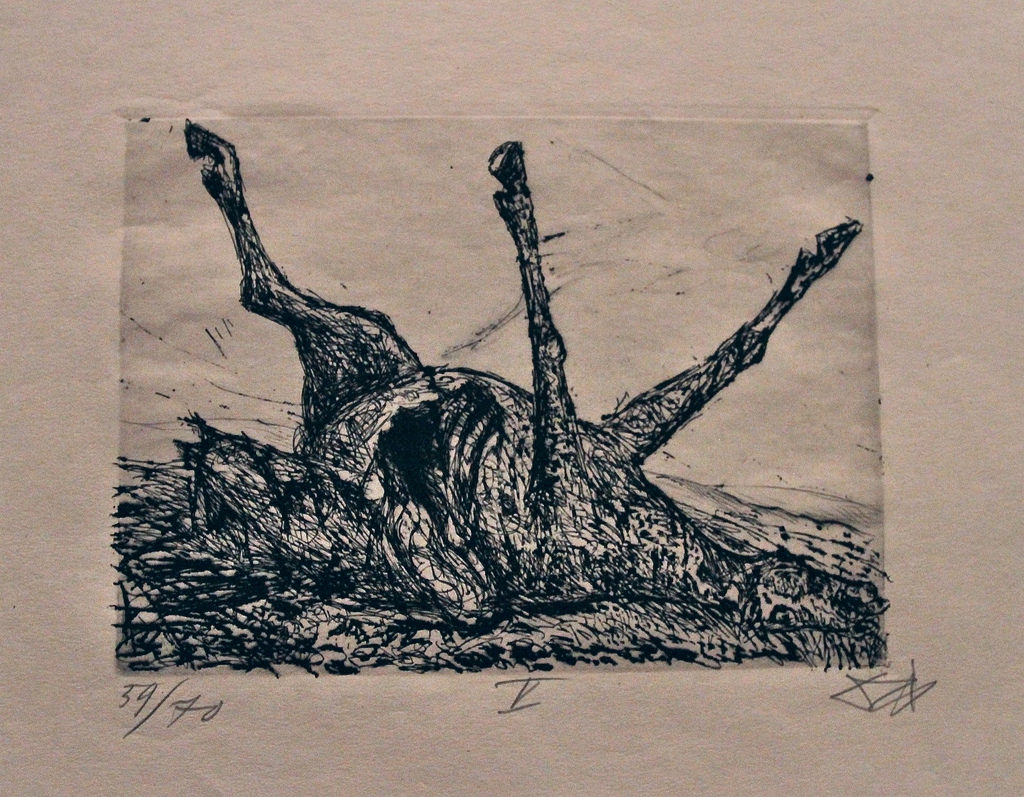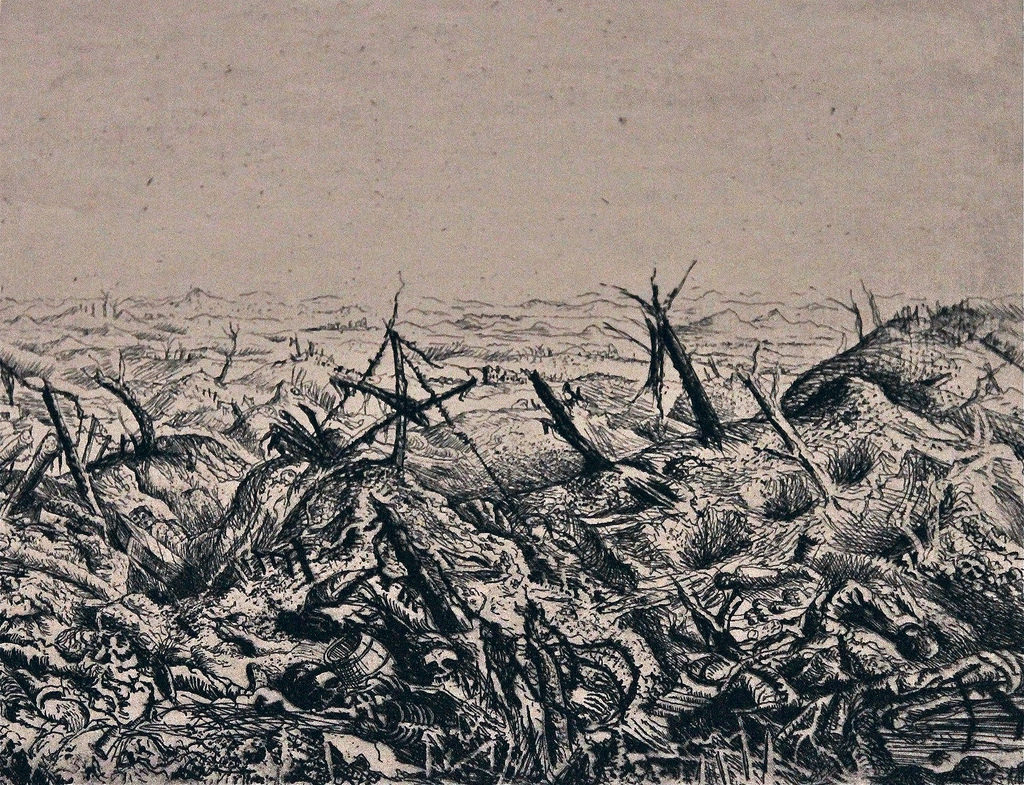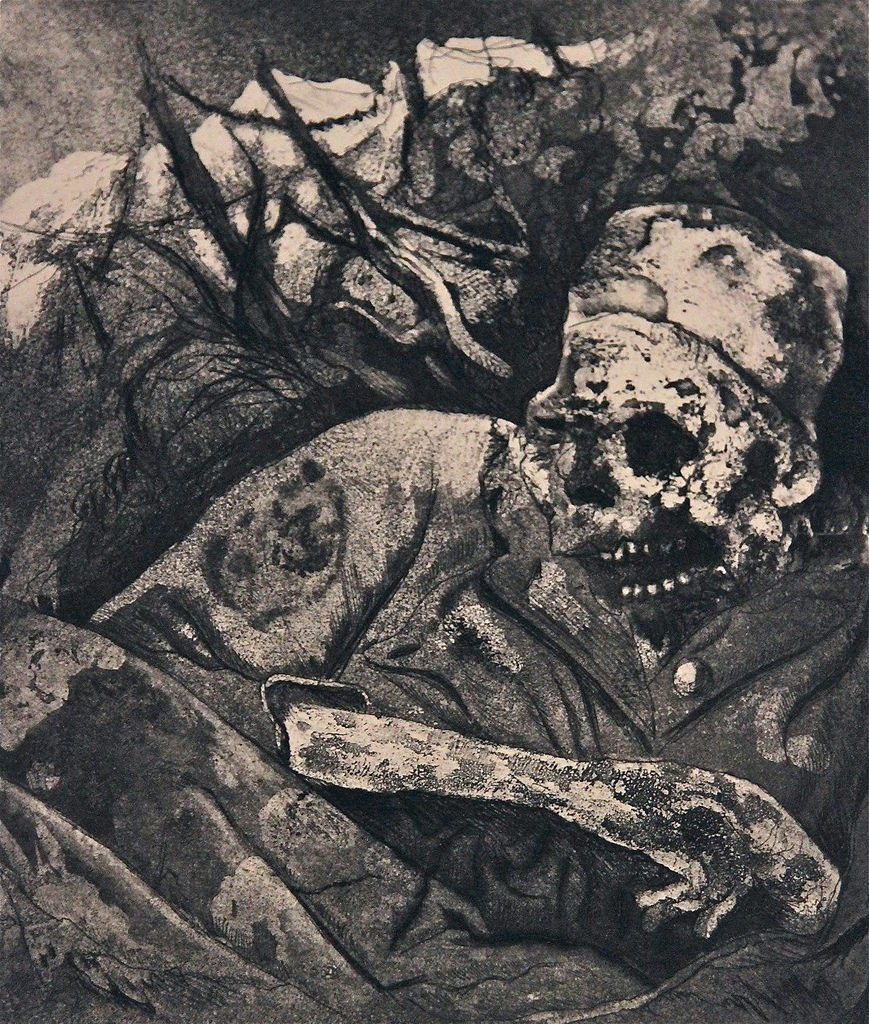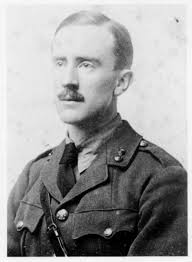New Review from Amalie Flynn: Jan Harris’ “Isolation in a Time of Crisis”
The poems in Jan Harris’ Isolating One’s Priorities in a Time of Crisis are about the apocalypse.
Or after.
What happens after.
&
After the apocalypse happens. After the world cracks like an egg.
Splits apart. The crushed eggshell membrane and how.
Covered in fluid yolk we emerge blinking –
we pass clement evenings foraging among the wreckage
of shop local boutiques and chain drugstores
(Season’s Greetings)
we observe
long vacant cities teeming with rats and pigeons PUdark seas replete
with giant jellyfish PUwe do not live in an elegant age
(Mass Extinction)
&
The apocalypse has already happened in Harris’ poems.
Some humans survived –
in the day-glow light
our old skin cells flake
off and drape across, the zoysia grass
(Marauders All)
Born again into this.
This fallout world.
And the scale of destruction is ecological –
ours is an age of salination
desiccation PUan interminable heat
(Mass Extinction)
&
I am reading Harris’ poems now. In this dystopic America.
A hellscape of.
Toxic religiosity. Evangelical Trumpism. Bigotry and brutal police.
Global war and fiery planet.
Pandemic plague. The lack of air. How when the virus inhabits lungs.
We flip the bodies over.
On their bellies like fish. How one woman survived but lost half her upper lip.
From the tube and pressure. Of being facedown for months.
That missing chunk of flesh now.
This fever dream wasteland nightmare America or how we find ourselves.
You and me. How we find ourselves.
Still alive.
&
I write to Harris, saying –
These poems are about COVID, right?
About Trump?
&
Because how, I think.
How can they not be?
&
But Harris did not write these poems about COVID or Trump.
She wrote them after the 2018 Kavanaugh hearings.
They are about surviving sexual assault.
&
Harris tells me –
I guess I’ve always been thinking about the end of the world. You know I had this Southern Evangelical childhood – very rapture focused. Then, when the Kavanaugh hearings were happening, I was appalled, obviously, and as a survivor myself, I kept thinking about who gets to speak.
&
Harris’ poems are about the apocalyptic devastation of sexual assault.
And the disappointment of unrequited rapture.
About waking up in a destroyed world. How we piece it back together.
Or declare it broken. And live in it somehow.
&
She says –
I kept plugging on and thinking how do we survive, like in the sense of what do we do with our days, our shames, our broken hearts. How do we open to what’s next?”
&
And yet poems are alive.
Each sentence with words like organs.
How syllables are cells.
How once written.
Poems are alive.
&
And for me. Harris’ poems are about.
The Kavanaugh hearings and the assault by a nation that did not care.
Would not believe women. Women who said this happened.
And these poems are about.
About what has happened since.
A presidency that assaulted truth and science and equality and the environment.
War. And a virus that has assaulted the globe. Leaving over four million dead.
So far.
&
Because what is apocalyptic can be plural.
How apocalypses are multiple and countless.
Intensely personal and collectively shared.
&
Harris’ poems are full of hydroponic lettuce, half grown, empty cul-de-sacs.
Broken call boxes and a rapture that never comes.
Because after disaster there is always aftermath.
Where what is left is left.
&
I met Harris in graduate school in Tuscaloosa.
Where I came and left as bones.
How I almost disappeared and yet.
I remained.
Graduated and moved to New York City where.
After that summer I would stand on a corner and watch a plane hit the Twin Towers.
Or how they fell.
And how people jumped and fell and died.
And how somehow. Somehow I survived.
&
How existing is this.
The same as not disappearing.
&
Harris’ poems acknowledge those lost –
we saw that some us had been separated
from themselves and their reintegration
into the whole was not a possible outcome
we could not replace their inner vacancies
we could not estimate the size of their lonesomeness
or fill them with vanities of optimism and hope
(Post-Apocalyptic DSMV)
&
But Harris is focused on survivors.
The sheer magnitude of what it takes to survive –
when we look at the frontier we know we can survive
deep in us the memory of arid plains and savannahs
solacing us through our hard scrabble expansion
(Episodic Memory)
&
How survival is plagued by loss –
our sorrows are beyond counting and lie scattered around us in the radon dust covering
our planet’s irradiated surface
(The Average Mean)
Loss of a world –
when the worst was over the
marauding tribes settled down we started migrating
back to where we had come from PUwe walked through
shells of suburbs and condo communities
(Radio Silence)
Loss of how it was –
and who could have imagined this cold
there is no more joy and no time for
simple pleasures like strawberry jam and
the other ways we spend our time
(After the Sun Goes Out)
Loss of readiness.
How hard it is to move forward.
Or go on –
we are prepared for what we will encounter
so long as it resembles all we left behind
(Time and Duration)
&
But how meaning can persist.
Found in permeated rock, like radioactive isotopes –
our predicament has freed
us from the oppression of quarterly
target goals bike commutes having
three children whose monograms
match on all their school accessories
(A Handbook for Resilience)
&
In 2004 I reconnected with Harris. I called her and told her a baby.
How I was pregnant. Or how she said I didn’t know you wanted to do that.
&
Motherhood is seismic. It is a series of explosions real and imagined.
The world hot lava active. How my entirety is only this.
Calculating risk and trying.
&
Now there is a pandemic.
In the morning my one son bikes to school wearing an N-95 mask.
My other son is homebound. He cannot leave the house because the world.
Is not safe.
How he is disabled by his disability but more.
The disregard of others to wear a mask or get vaccinated or.
Do whatever it takes to end this.
&
And I know Harris does not have children.
But I found motherhood in her poems.
&
There is the fear of it –
we cannot know what evolutionary biologists will call this
age PUwe cannot know which of our offspring will survive
at night we count them and wonder PUwhich one will it be
we search their sleeping faces for resilience PUwe are looking
for a future we will build with what we have left
(Mass Extinction)
How motherhood is a fear.
Fear of wondering if they will.
Will survive. The desperation.
Of wanting them to survive.
And how ravaged this world is.
Apocalypse world we are giving them –
the limits PUof our perception PUmuch like our
children’s PUrefusal to believe us when PUwe tell them that limes PUgrew on trees PUand
how succulent limes were tree limes PUand all the luscious things PUbelong
elsewhere PUthey are ancient remnants PUof a forgotten anointing
(Chrismation)
Or how mothering in the aftermath is hard –
we are finding our way back to fellowship but it is perilous practice
to release our fear and allow our offspring to wonder in the garden
to watch their precious DNA drip away when they are pricked by thorns
(Cognitive Flexibility)
&
Harris’ poems speak to a collective mothering. Parents or not.
That we do. Do in this world. Especially one ravaged and torn.
How we are all connected. Connected by care or our lack of it.
Connected by our fear and yet love.
That overlap –
we too are motivated by the vectors of love and fear
we live in the Venn diagram between them
each of us entwined in their corresponding sway
(Cognitive Flexibility)
&
In Harris’ poems there is the loss of a promised rapture –
yet despite all our
fixations on the last days we never imagined
the whistling sounds of radio-magnetic grass
on abandoned golf courses
(Eschatological Ruminations)
How –
we cannot indulge
these reckless hopes of deliverancePUthe earth
is indeed a globe whose elliptical orbit barrels
us toward infinity PUand even though it rends our
hearts to confess it no rapture is coming to save us
(Eschatological Ruminations)
&
And the loss of rapture in Harris’ poems feels symbolic.
Of what it means to survive.
How it can mean being left behind.
Left behind by a religion or rapture or savior.
The belief that someone or something will save you –
the
whole time we dreamt of a superhero
who was coming to save us every night
we would warm our bread by the fire and
lather it with strawberry jam as if to say
we are not afraid of the hypothetical dark
(After the Sun Goes Out)
And –
at one time we all believe like this that
our lives would tumble on and then when
no one was paying attention in a fanfare
god would intervene
(Eschatological Ruminations)
Or, how –
some flirt with believing in providence but we cannot tarry in those illogical
assumptions
(The Average Mean)
Because.
What holds this universe together is something else.
Or nothing. Nothing else –
we muster our resources unsure
of our end PUour final ablation an offering PUfor the black holes who
hold our universe together
(Mass Extinction)
&
Ultimately Harris’ poems are about us.
How disaster connects us –
Our lives ran parallel until we met in the knot of disaster
(Many Worlds Theory)
They are poems about who we are and what we do.
When we wake up in the aftermath of disaster –
Our intertwining presented two alternatives
1. to collapse everything and begin again
2. to recognize the limit of universes
(Many Worlds Theory)
&
How we survive. What we build. How we move forward.
Beats as the heart of Harris’ poems.
Whereas rapture is unrequited and reckless, the answer seems to be love –
in the latter days we have embraced an enigmatic
vocation PUwe stand in abandoned cul de sacs and
radiate love
(Exclusion Zone)
How –
although it is hard labor
we stand in cul de sacs point our chests towards
discarded mc-mansions and their derelict hedges PUwe
begin to oscillate with the intractable surge that vibrates
between our ribs PUlove pulsates with a ferocious
diffraction like the nuclear fallout that is still releasing
(Exclusion Zone)
Harris admits –
we cannot know if our work changes
anything
(Exclusion Zone)
And yet –
rumors persist that deer and
foxes have returned to Chernobyl’s exclusion zone that
wildflowers crowd its meadows and in the shadows
green things begin to grow
(Exclusion Zone)
&
Isolating One’s Priorities in a Time of Crisis ends with hope –
we know that something is there because we
feel it breathing against us reaching past twilight’s
consciousness
(Modern Homesteading)
How it –
whispers that we too must
die and death will be sooner than we know
(Modern Homesteading)
How after the apocalypse.
We can find hope.
How there is light in the aftermath.
Light within us and each other.
How it radiates out in this new broken world –
yet we
will be braver than we think because the light inside
is the light outside PUand it’s already shining around
us as we begin to inhabit a world we had known but
waited for this moment to discover PUwaited to
catch our breath before plunging into that white
burning we call existence
(Modern Homesteading)
&
Harris’ powerful collection is a testament.
To destruction and what remains.
How to rebuild the city of oneself.
How to make meaning out of the meanness of existence.
Her poems offer hope.
That maybe. Together.
We can survive.

